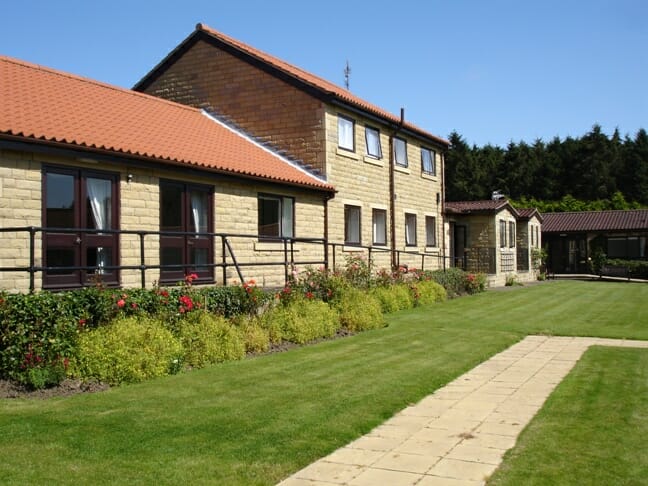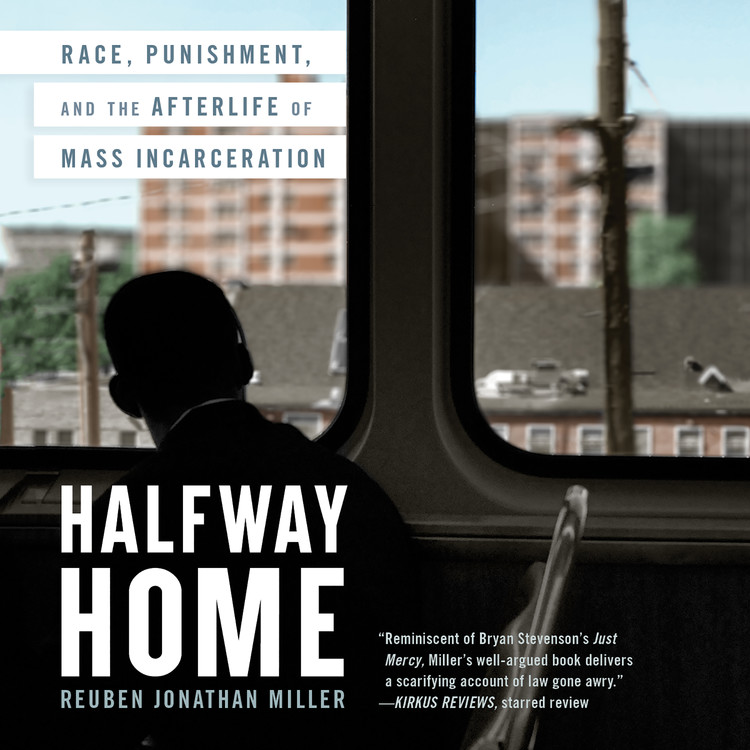Table Of Content

One reason that we know more about federal than state-level halfway houses has to do with the contracting process. Typically yes, unless you are actively using or still undergoing detox. Recovery homes, and by extension, the residents of sober halfway houses, are meant to help guide addiction patients through the early stages of sobriety. If the resident lives at a halfway house, the time is capped at one year. If they are in a sober living home, the time they remain is up to their choosing. Talk with your care team to determine what length of time works best for you.

Why are calls from prisons and jails so expensive?
Kaneohe neighbors concerned over halfway house with 18 residents - Hawaii News Now
Kaneohe neighbors concerned over halfway house with 18 residents.
Posted: Wed, 28 May 2014 07:00:00 GMT [source]
Some people go to a halfway house after leaving a long-term addiction treatment center, prison or a homeless situation, while others go to be in a sober living environment as they begin their journey to recovery. The state-placement of ex-criminal offenders to a "halfway house" after a prison sentence may either be decided upon as part of the judge's sentence or by a prison official's recommendation. A direct sentence to a halfway house can be decided upon by a judge or prosecutor in lieu of prison time. Some facilities, like community-based correctional facilities, can serve dual functions that blur the lines of what facilities are and are not halfway houses.
Stay Informed
Lastly, halfway houses are often owned or sponsored by the state, while most sober-living houses are owned privately or by treatment facilities that want to provide continuing support for their patients. Similarly, the tenants of a sober-living home are often in the middle of an ongoing recovery process, attending Twelve Step meetings and other outpatient programs for their substance use—whereas the tenants in a halfway house may not be engaged in recovery programs. By entering a sober living home, you’ll find yourself active in recovery process.
Halfway House Rules and Guidelines
Residents are normally asked to remain sober and comply with a recovery program. Other expectations can include rules on curfew, drug testing, cooperation, accommodating a sober living environment, sober house (no drugs), house meetings, and check-ins with staff members. Think of sober living as your support net as you practice new skills, gain new insight and shape your new life in recovery with other people who are possibly facing the same challenges. Sober-living homes provide a strong support network and community to help you safely navigate the tough spots and triggers you may encounter.

It can be hard for some to find new friends or social circles that respect their new lifestyle. Halfway houses offer social interaction with people who understand the challenges of sober living. Most halfway houses have rules to follow and help residents set boundaries. A halfway house is a good option if returning to normal life is too overwhelming, but you no longer need medical supervision. It allows you to live in a safe, substance-free environment while readjusting to life outside treatment. These woeful inadequacies are indicative of a larger systemic failure of halfway house oversight that often results in deeply problematic conditions for residents.
Living in a halfway house benefits many people undergoing addiction treatment. They provide additional support and puts them in a sober living environment. As of the late 1990s, the estimated cost of constructing a new cell was approximately $100,000. Once occupied, a cell costs in the range of $20,000 to $25,000 annually to operate. Residential beds in the community, on the other hand, cost on average in the neighborhood of $12,000 annually.
In This Article Expand or collapse the "in this article" section Halfway Houses
As part of your drug addiction treatment, you may be seeking out a mental health professional. If so, this is a great time to ask them of connections they have to a sober living facility. In an inpatient rehab program, you will discover that many people are traveling down the same road as you, and you can support each other. People who are addicted to drugs will know that no one, no matter how understanding and empathetic, can understand them as well as other recovering addicts and mental health professionals can.
Too often, audits are only conducted after journalists report on the ways specific halfway houses are failing residents, rather than government correctional agencies doing proper oversight on their own. In May, an investigation by The Intercept revealed that the federal government is underreporting cases of COVID-19 in halfway houses. Not only is the Bureau of Prisons reporting fewer cases than county health officials; individuals in halfway houses who reached out to reporters described being told to keep their positive test results under wraps. In the United Kingdom, "halfway house" can refer to a place where people with mental disorders, victims of child abuse, orphans, or teenage runaways stay. The latter are often run by charities, including the Church of England, other churches, and community groups.
California
When you're looking for a sober recovery home, be sure to ask what's included in the monthly rate and what is extra. Some examples of additional services may include transportation to appointments, recovery coaching, meals and gym memberships. But when considering some of the services offered, make sure they're services that help support your sobriety. Part of living in recovery is "showing up for life," meaning doing things for yourself that make you a successful, contributing member of society. When in active addiction, we tend to ignore the things that make us successful.
Halfway houses serve as the halfway point between an institution and independent society, with residents usually coming from either correctional or inpatient treatment facilities. Reputable treatment facilities will have connections to sober houses and may even offer you options for living in a sober house as an aftercare service. In order to receive this information, you’ll want to discuss the matter over with your case manager BEFORE leaving the treatment facility. This is for the sake of making sure there is room in the sober home and that you will have access to all they have to offer RIGHT AFTER YOUR TREATMENT. By the time night comes, you’ll have the opportunity to enjoy some entertainment. Whether you’d like to read a good book or enjoy the latest Netflix has to offer, this is the time for you to relax.
As mentioned, California does not require a license to run a sober living home. The laws surrounding sober living state that places which offer the accommodations cannot discriminate against people of disability. Again, you may find that there are areas in which you will not find sober living homes due to the 2003 California Attorney General’s opinion. In order to get a clear sense of where you can find a sober living home, you’ll want to look up specific rules and regulations for specific cities and counties.

No comments:
Post a Comment